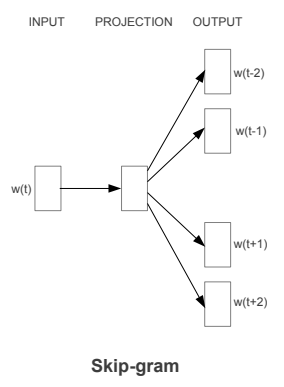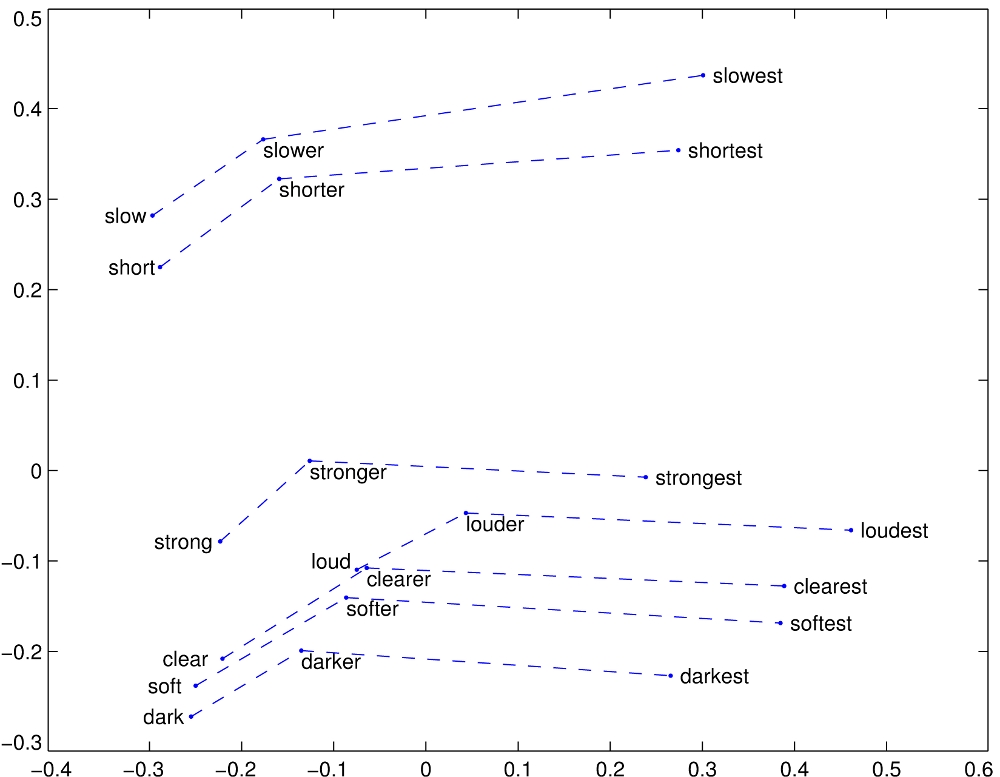Getting Started with NLP : 1.0 | Word Embeddings |
Word Embeddings
Word Embeddings are word representation techniques. They are capable of capturing the context of a word in a document, its semantic and syntactic meaning, similarities with other words, etc.
Loosely speaking, it is a technique which can be used to represent a word in a real-number vector (array of floats) which can capture its meaning and the context. These vectors then can be further used to build Machine Learning models.
Wikipedia’s Formal Definition :
Word embedding is the collective name for a set of language modeling and feature learning techniques in natural language processing (NLP) where words or phrases from the vocabulary are mapped to vectors of real numbers.
Need
Previously we have seen how we can use the count-based frequency methods to vectorize (loosely : make sense) of textual data so that we can run our Machine Learning Models. But most of these methods had recognizable flaws :
- The structure/order of the sentence didn’t matter as they were derived from count-based features and for count it doesn’t matter where the word is in the sentence i.e its position.
- Did not consider semantic nature i.e what a word means, how is it related to other words, similarity, etc.
-
Didn’t consider context where the particular word is used.
-
Consider two sentences :
- A : “deposit money in bank.”
- B : “water flows from one bank to the other.”
Here, the ‘bank’ word needs to have context in order to understand its particular meaning as both the sentences mean differently for the word ‘bank’. For count-based methods these meant the same as they didn’t consider the context in which a particular word is being used.
-
Techniques
There are multiple techniques of building word embeddings and using them. Some of the most popular ones are :
1. Word2Vec :
This was the first-of-its-kind word embedding model which used neural networks to build the embedding model. Published by Google Reasearch Team in 2013. This paper consisted of techniques like Skip-Gram Model and computational-efficient versions of the same. Soon Common Bag of Words (CBOW) model also got published.
-
CBOW : The main principle behind this was given a context the model had to predict target word.
"Where are you going Robert?" [0] [1] [2] [3] [4]Consider a context window of size 2 which would look like :
Word Left-Context Right-Context you [where, are] [going, robert] going [are, you] [robert] robert [you, going] [] So for a given context we predict a target word (probability) by training the shallow Neural Network.

-
Skip-Gram : The main principle here is almost reverse of CBOW i.e given a target word we predict the context.

2. GloVe : Global Vectors for Word Representation
The main principle behind global vectors is that we use the word-corpus to extract global one-word embedding i.e the embedding is global in sense with respect to the observed word corpus.
It uses word-frequency and co-occurence counts to train the embedding model. It is an unsupervised learning technique.

GloVe : Compartive Adjectives
Conclusion
In the next posts I will try explain these techniques in detail as well as implement them and evaluate their results.
